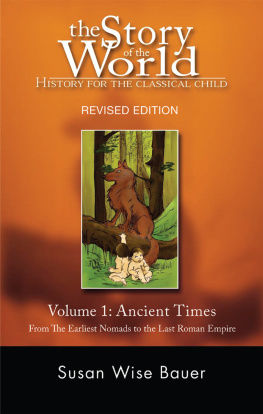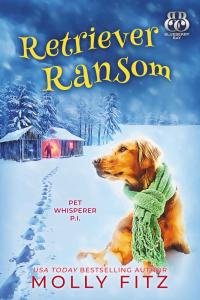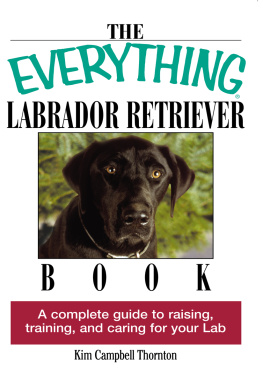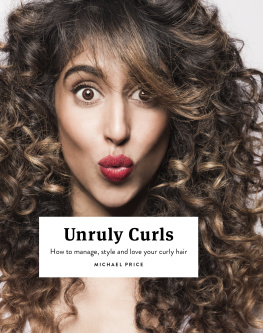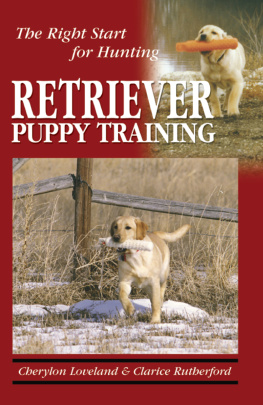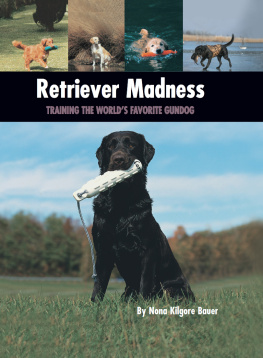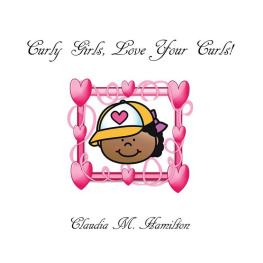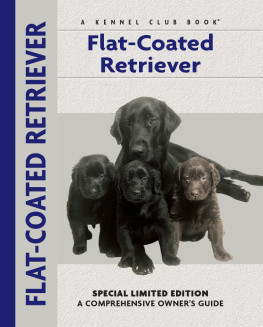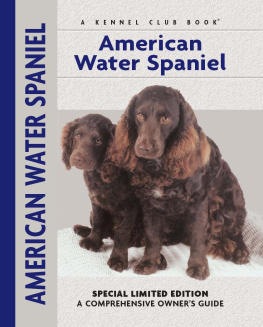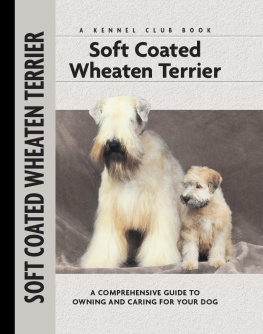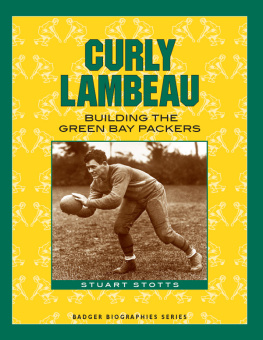Physical Characteristics of the Curly-Coated Retriever
(from the American Kennel Club breed standard)
Skull: Flat or nearly flat.
Head: Longer-than-wide wedge, readily distinguishable from that of all other retriever breeds, and of a size in balance with the body.
Eyes: Almond-shaped, rather large but not too prominent.

Nose: Fully pigmented.
Muzzle: Wedge-shaped with no hint of snipiness.
Mouth: Level and never wry.
Jaws: Long and strong. A scissors bite is preferred.
Forequarters: Shoulder blades are very long, well covered with muscle, and are moderately laid back at about a 55 degree angle. The width between shoulder blades is adequate to allow enough flexibility to easily retrieve game. The forelegs are straight with strong, true pasterns.
Feet: Round and compact, with well-arched toes and thick pads.
Ears: Rather small, set on a line slightly above the corner of the eye and lying close to the head.
Neck: Strong and slightly arched, of medium length, free from throatiness and flowing freely into moderately laid-back shoulders.
Body: Chest is decidedly deep and not too wide, oval in cross-section, with brisket reaching elbow. The ribs are well-sprung, neither barrel-shaped nor slab-sided, and extend well back into a deep, powerful loin with a moderate tuck-up of flank.
Hindquarters: Strong and in balance with front angulation. Thighs are powerful with muscling carrying well down into the second thigh. Stifle is of moderate bend. The hocks are strong and true.
Tail: Carried straight or fairly straight, never docked and reaching approximately to the hock.
Coat: The body coat is a thick mass of small, tight, crisp curls, lying close to the skin, resilient, water resistant and of sufficient density to provide protection against weather, water and punishing cover. Curls also extend up the entire neck to the occiput, down the thigh and back leg to at least the hock and over the entire tail. Elsewhere, the coat is short, smooth and straight, including on the forehead, face, front of forelegs and feet.
Color: Black or liver. Either color is correct.
Size: Dogs, 25 to 27 inches; bitches, 23 to 25 inches.

Contents

Discover the origins of this most ancient of retriever breeds, whose origins are submerged in 15th-century Britain. Trace the development of this unique water retriever with tremendous swimming and hunting power from Britain to Australia and New Zealand, where the breed has a significant following, to the US, where the breed is just beginning to establish a stronghold.

Underneath the Curlys unique coat of crisp, tight curls is a dog equally uniquemeet the independent and intelligent Curly-Coated Retriever. Find out about the breeds personality and trainability as well as its physical characteristics, including the possible hereditary conditions of which all owners should be aware.

Learn the requirements of a well-bred Curly-Coated Retriever by studying the description of the breed set forth in the American Kennel Club standard. Both show dogs and pets must possess key characteristics as outlined in the breed standard.

Find out about how to locate a well-bred Curly-Coated Retriever puppy. Discover which questions to ask the breeder and what to expect when visiting the litter. Prepare for your puppy-accessory shopping spree. Also discussed are home safety, the first trip to the vet, socialization and solving basic puppy problems.
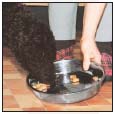
Cover the specifics of taking care of your Curly-Coated Retriever every day: feeding for all life stages; grooming, including coat care, ears, eyes, nails and bathing; and exercise needs. Also discussed are dog ID and traveling safely with your dog.

Begin with the basics of training the puppy and adult dog. Learn the principles of house-training the Curly-Coated Retriever, including the use of crates and basic scent instincts. Get started by introducing the pup to his collar and leash and progress to the basic commands. Find out about obedience classes and other activities.

By Lowell Ackerman DVM, DACVD
Become your dogs healthcare advocate and a well-educated canine keeper. Select a skilled and able veterinarian. Discuss pet insurance, vaccinations and infectious diseases, the neuter/spay decision and a sensible, effective plan for parasite control, including fleas, ticks and worms.

Know when to consider your Curly-Coated Retriever a senior and what special needs he will have. Learn to recognize the signs of aging in terms of physical and behavioral traits and what your vet can do to optimize your dogs golden years.
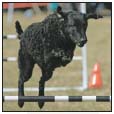
Enter the world of showing pure-bred dogs. Acquaint yourself with the basics of AKC conformation showing, including how to get started, how shows are organized and how a dog becomes a champion. Take a leap into other competitive events suitable for the Curly: obedience and agility trials, tracking tests, field trials and hunting events.
K ENNEL C LUB B OOKS C URLY- C OATED R ETRIEVER
ISBN 13: 978-1-59378-318-1
eISBN 13: 978-1-62187-043-2
Copyright 2006 Kennel Club Books An Imprint of I-5 Press A Division of I-5 Publishing, LLC
3 Burroughs, Irvine, CA 92618 USA
Cover Design Patented: US 6,435,559 B2 Printed in South Korea
All rights reserved. No part of this book may be reproduced in any form, by photostat, scanner, microfilm, xerography or any other means, or incorporated into any information retrieval system, electronic or mechanical, without the written permission of the copyright owner.
10 9 8 7 6 5 4 3 2 1
Photography by Carol Ann Johnson and Michael Trafford
with additional photographs by
John Ashbey, Peter Atkinson, Norvia Behling, Booth by Monica, Paulette Braun, Alan and Sandy Carey, Susan Chow, Isabelle Franais, Javan, Bill Jonas, Paul Lepiane, Gary & Mary Meek, Kitten Rodwell, Stewart Event Images, Tatham and Alice van Kempen.
Next page


